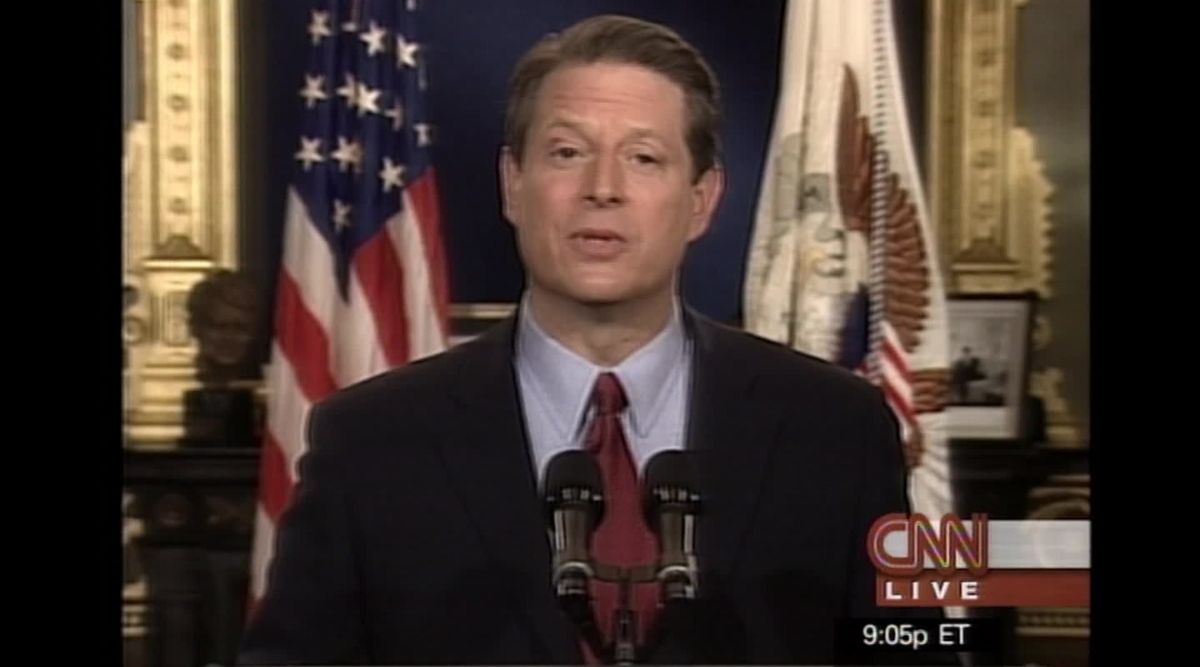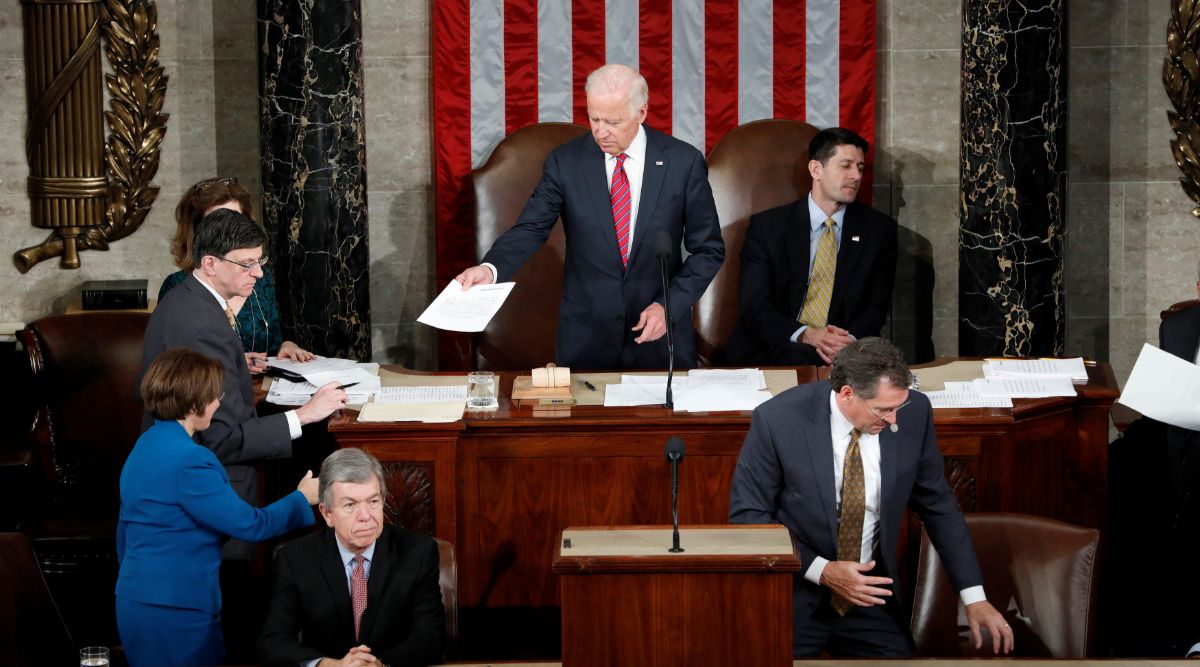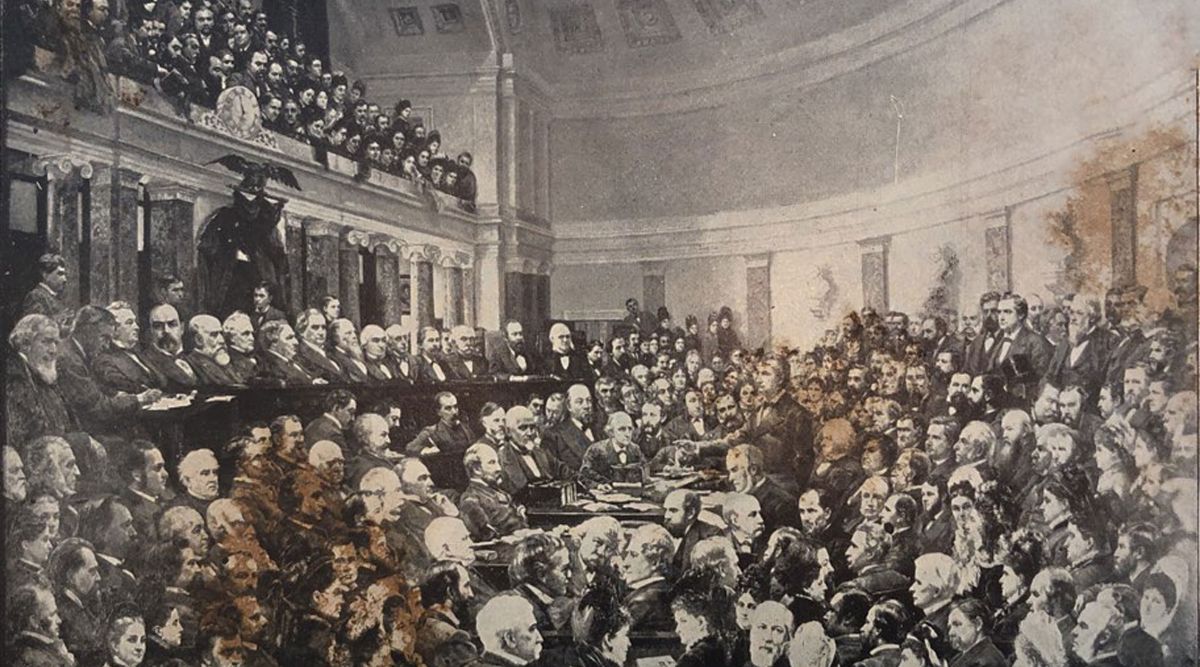How U.S. Presidential Elections Work


How Voters Select Their President (Or Not)
A lot of people in the United States talk about the importance of voting and the Electoral College. In 2020, a record number of U.S. Americans voted in the general elections. Joe Biden and Donald Trump both have received record numbers of votes for President of the United States.
But, there seems to be a bit of confusion surrounding how voting works in the United States. A lot of American voters may be surprised that they actually have very little direct control over who goes to the White House.
Let's go through the process step-by-step.
The basics
The United States votes every two years on the first Tuesday following the first Monday in November (so if November 1 is a Tuesday, Election Day would be November 8). Congress can change this date per the Constitution. Depending on the year, the electorate will vote for the house, the senate, and/or the presidency.
In an election year, the major political parties will hold primaries to select their nominee for the general election, although the states will decide the time and method. Some states vote via caucuses, while most just use a primary election. The Iowa caucus is the first primary contest of election season.
There are open primaries that anyone can vote in (e.g. Republicans could vote with Democrats). There are also closed primaries reserved for party members (someone registered with the Democratic Party can't vote in Republican Party primaries and vice versa).
Whichever presidential candidate wins their party primaries will be put on the ballot for the general election. In some states, the votes are restricted to members of the two largest parties. Some states, like Florida, give a much longer list of candidates.
People will start voting at different times depending on the state they're registered in. Many people will mail in ballots ahead of time. This became especially important during the coronavirus (COVID-19) pandemic, when public health advisories discouraged large gatherings. Some states might also allow early in-person voting.
On Election Day, the remaining in-person voters will go to their respective polling places and cast their votes.
Each state (and Washington, D.C.) has a number of Electoral College votes. Most states have a winner-take-all system, so whoever gets the majority of the state votes gets the electoral votes. Maine and Nebraska are the exceptions. Unless the race is close, the election results will be clear by election night and people will know their next president.
Except they won't.
What's an Electoral College and what does it do?
The people of the United States don't vote for the president in the U.S. presidential elections.
The state chapters of the different political parties nominate lists of electors. When people vote, they're casting a vote for the party electors, who have in turn said they're going to vote for the presidential candidate at the top of the ballot.
Each U.S. state gets to name a number of electors equal to their total number of senators and representatives in Congress. Each of those electors casts one vote; this is what people mean when they talk about each state's Electoral College votes. Since the passing of the 24th Amendment, the District of Columbia also gets to name the minimum 3 electors.
The state electors meet in their state capitals on "the Monday after the Second Wednesday in December." In the 2000 election between George W. Bush and Al Gore, this was the cutoff for the Florida recount. The electors mark down their votes, which are then certified by the state House of Representatives and signed by the Governor. The certified vote is sent to the President of the U.S. Senate (almost always the Vice President of the U.S.)
In a contentious election, the House and Governor could certify different electors, resulting in two certificates being sent to Congress. U.S. law isn't actually very clear which slate should be accepted, if either.
On January 6, the President of the Senate counts the votes before a joint session of Congress, and whoever gets the most votes wins. The Electoral Count Act that says how to count the votes is notoriously confusing, and this count can actually take a while. In fact, it can take so long that the outgoing president might leave (on January 20 per the 20th Amendment) before the next president is declared. If that happens, the Speaker of the House becomes active president until the count finishes.

In many states, the popular vote is unenforceable.
The number of votes someone gets doesn't always mean much. There are laws in every state saying that electors must be apportioned based on the popular vote, but there's room for interpretation. Those laws can also be overturned on a state-by-state basis.
More importantly, though, Electors can sometimes vote however they want. If they vote against the popular vote, they're called a faithless elector.
Fairvote.org is one organization which tracks election laws. As of 2020, only 33 states have laws requiring electors to vote according to the popular vote. Only 14 states actually have a law to replace an elector who votes against their pledge. Major states like California, New York, Pennsylvania and Texas will count a faithless vote. So do several battleground states including Wisconsin and Ohio.
Of the 14 that enforce a faithful vote, only 2 of them impose a penalty for attempting to vote faithlessly. These are North Carolina and Oklahoma.
There have been many instances of faithless electors in the past, although they've never voted in large enough numbers to flip an election. In the 2016 election, for example, one Minnesota elector pledged for Hillary Clinton attempted to vote for Bernie Sanders.
So people don't vote for the president, and there are various ways to ignore the popular vote anyway. There's something even more surprising, though.
There is no right to vote in the Constitution.
Many people misunderstand that the U.S. Constitution, as written, does not actually give citizens a right to vote.
This may seem a bit confusing in light of the wording in some of the Amendments, like Amendments XV, and XIX which both read "The right of citizens of the United States to vote shall not be denied or abridged..."
However, Article 1, Section 2, Clause 1 of the Constitution reads:
The House of Representatives shall be composed of Members chosen every second Year by the People of the several States, and the Electors in each State shall have the Qualifications requisite for Electors of the most numerous Branch of the State Legislature.
In simpler terms, if a person can vote in their local elections, they are allowed to vote for the federal House of Representatives. Per the amendments, that means that people can't be barred from their local elections on account of race, sex, or age.
But, that doesn't mean the states have to allow anyone to vote. Felons aren't allowed to vote, and states could implement other restrictive categories. A state could, theoretically, bar all voting. They would still get a number of electors, certified by the House and Governor, which they could submit to select the president.
States actually have a lot of leeway in deciding how people vote.
Although the election is a national spectacle, with millions of people nationwide tuning in on Election Day, federal elections are pretty much entirely handled at the state level.
Article I, Section 2, Clause 2 of the Constitution reads (emphasis ours):
Each State shall appoint, in such Manner as the Legislature thereof may direct, a Number of Electors, equal to the whole Number of Senators and Representatives to which the State may be entitled in the Congress: but no Senator or Representative, or Person holding an Office of Trust or Profit under the United States, shall be appointed an Elector.
In plain English, the different state governments decide how they handle elections. The only constitutional restrictions placed on how elections are run comes from Article 1, Section 2, Clause 4:
The Congress may determine the Time of chusing the Electors, and the Day on which they shall give their Votes; which Day shall be the same throughout the United States.
So other than the deadline for choosing Electors and casting votes, everything is up to the states. The different standards, timelines, and voting requirements is a large part of election day uncertainty.

Elections used to be even less democratic.
Voters used to have even less influence in the United States. For over 100 years, people weren't allowed to vote for U.S. senators. Article 1 of the Constitution says that state legislatures would appoint them, with no reference to a popular vote.
In fact, some state legislatures used to just choose electors until 1880. After all, they only have to allow voters to vote in U.S. House elections.
Voting in the U.S.
We don't want to discourage voting. The reason a lot of people misunderstand how the election process works is because voting is so ingrained in U.S. culture. Whether you participate or not, or even if you don't think it makes a difference, it doesn't occur to most people to question the existence of the vote.
If you believe in the electoral process, we'd encourage all citizens to stay engaged and hold your local governments accountable. Fair and free elections only exist as long as people insist on it.
About the author







